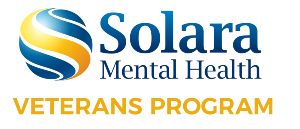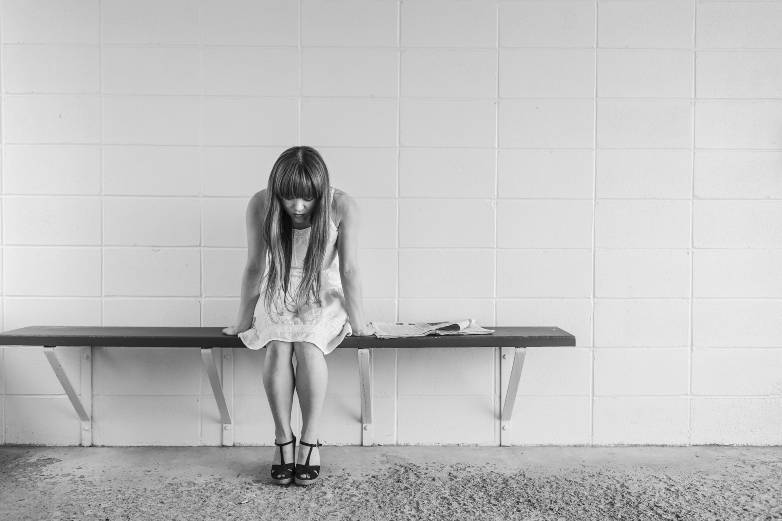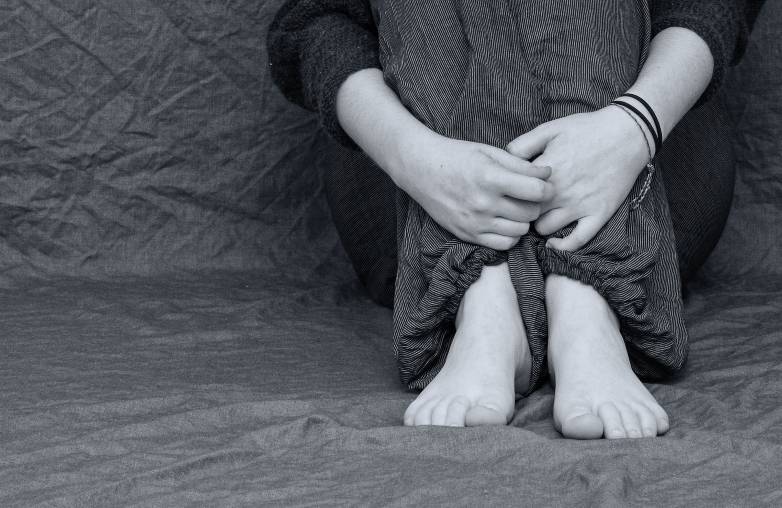Proudly Serving Veterans
with TriWest Insurance
We utilize the latest FDA-Approved TMS Therapy to treat Veterans. Call (619) 648-5350 Today!
TMS for Bipolar Disorder
TransCranial Magnetic Stimulation
What is Bipolar Disorder?
Bipolar disorder, sometimes called manic-depressive, is a mental disorder that causes shifts in mood and activity levels. These mood shifts range from happy, energetic behavior (manic episodes) to very sad, hopeless behavior (depressive episodes). There are four basic types of Bipolar disorder that all share these frequent mood fluctuations.
Bipolar I Disorder— This is characterized by manic episodes that last at least a week. Sometimes these manic symptoms are so severe that the person needs to be hospitalized. Typically, the person’s depressive episodes last at least 2 weeks. In Bipolar I, episodes of depression with manic symptoms mixed in are also possible.
Bipolar II Disorder— This is defined by depressive episodes and hypomanic episodes, less severe manic phases, that don’t require the level of care necessary for Bipolar I Disorder.
Cyclothymic Disorder (Cyclothymia)— This type of Bipolar Disorder causes hypomanic episodes with periods of depressive symptoms that last for at least 2 years (or 1 year in adolescents and children).
Unspecified Bipolar and Related Disorders— This is defined by bipolar disorder symptoms that do not meet the criteria of the categories listed above.
People suffering from Bipolar disorder experience intense emotions, changes in sleep patterns, changes in energy levels, and unusual behavior. These periods are called mood episodes. Mood episodes are different from the moods and behaviors that are typical for that person.
Sometimes mood episodes include both manic and depressive symptoms. This is called an episode with mixed features. People who are suffering from an episode with mixed features may feel sad, empty, and hopeless, while at the same time feeling extremely energized.
Bipolar disorder can also be less extreme. During a less severe manic episode, a person with Bipolar disorder may feel good, be productive, and function well. This person may not recognize the changes in their own behavior, but their family and friends recognize the mood swings and changes in energy levels. Without proper treatment, people with hypomania may develop severe mania or depression.
Treatment for Bipolar Disorder
Even people with the most severe form of bipolar disorder can find effective treatments for their symptoms. Typical treatment plans usually include a combination of medication and psychotherapy. While Bipolar disorder is a lifelong illness, episodes of mania and depression can become less frequent and less severe with treatment. However, lingering symptoms may continue without long-term, continuous support.
Medications
Medication can help control the symptoms of bipolar disorder. A person may need to try several different medications before finding the combination that works best for them. The medications typically used to treat Bipolar disorder are mood stabilizers, atypical antipsychotics, and antidepressants.
These medications attempt to balance a person’s brain chemistry by regulating the levels of dopamine and endorphins that are released. The goal of this process is to lessen the severity of the symptoms that they experience. However, these powerful medications can also cause powerful side effects. Some possible side effects are:
- Liver Damage
- Nausea
- Tremors
- Hair Loss
- Sexual Dysfunction
- Weight Gain
- Kidney Damage
- Diarrhea
Furthermore, if a patient has to stop taking their medication for whatever reason, this may lead to a worsening of bipolar disorder symptoms as well as other potentially dangerous withdrawal effects.
Psychotherapy
When used in combination with medication, psychotherapy can be an effective treatment for bipolar disorder. Talk therapy provides support, education, and guidance to people with bipolar disorder and their families. Some psychotherapy treatments used to treat bipolar disorder include Cognitive behavioral therapy (CBT), Family-focused therapy, Interpersonal therapy, and social rhythm therapy. These therapeutic modalities help people suffering from Bipolar disorders to talk through the web of confusing and debilitating emotional mood swings that they undergo.
Can TMS treat Bipolar Disorder?
The majority of research into the effects of Transcranial Magnetic Stimulation (TMS) on brain disorders has been focused on treating Major Depressive Disorder. The Food and Drug Administration (FDA) approved the use of TMS technology for the treatment of depression in 2008. Since then, TMS has been used to treat a variety of ailments, from migraine headaches to some symptoms of schizophrenia. Because there is such a high demand for a way to help patients with treatment-resistant Bipolar disorder (cases where medication was not effective), TMS is now being used to help Bipolar patients manage their symptoms.
When a mixture of medication and talk-therapy is ineffective in treating the symptoms of Bipolar disorder, TMS provides a promising alternative. With a history of success in treating depression, TMS has already been proven to be very effective in alleviating the depressive symptoms of Bipolar. In a study of 14 patients suffering from Bipolar disorder, researchers reported that 9 people had a “clinically meaningful antidepressant response.” Other forms of Brain Stimulation therapy have been used to treat Bipolar disorder for years. However, the required surgery or adverse side-effects of some of these treatments have often dissuaded patients from using them. Electroconvulsive therapy, for instance, may cause confusion, disorientation, and memory loss. In contrast, TMS has no adverse side-effects and is completely non-invasive.
The TMS Process
Transcranial Magnetic Stimulation (TMS) can change brain activity without the need for surgery or the possibility of harmful side effects. Compared to other forms of brain stimulation therapy, like Electroconvulsive therapy (ECT), TMS is remarkably simple and safe. The treatment involves applying electromagnetic currents to the head of the patient and using them to target areas of the brain.
During a TMS session, patients sit in a comfortable chair while the operator places a small device over a specific section of their head. Electromagnetic pulses then travel to the brain where they turn into electricity and cause brain cells to fire in the targetted area. This causes a chain reaction that awakens other neurons within their connected network. The amount of stimulation used and where it is targetted varies for each patient depending on their diagnosis and an assessment of their brain’s sensitivity to stimulation.
A typical TMS session lasts about a half-hour. Daily sessions, Monday through Friday, are recommended to receive the best results. Daily treatments typically last for 6 weeks before they decrease in frequency. TMS treatments are so non-invasive that patients can drive to our Mental Health Treatment Center on their own, receive treatment, and then continue with their day.
Contact Us About TMS
For more information about TMS Treatment, fill out the form below!






